Consumption of Knauf Betokontakt primer per 1 m2
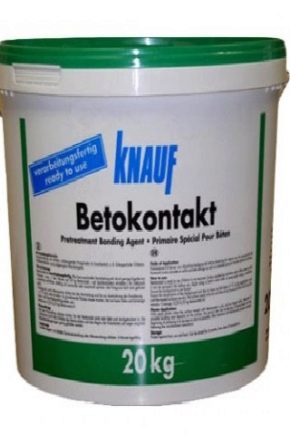
Betokontakt from Knauf is a building material that is unique in its properties. The peculiarity of the primer is that it can be applied as a separator to different layers, thereby ensuring their strong adhesion to each other. Betokontakt primer adheres perfectly to tiles, paint and other smooth surfaces, increases adhesion, which makes it possible not to dismantle the old coating, but to carry out puttying and subsequent finishing on top of it.
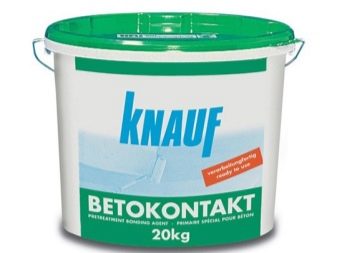

Peculiarities
Betokontakt primer is an acrylic dispersion mixture that provides high adhesion to the surface. After hardening, it forms a rough pink film. Due to its unique characteristics, Betokontakt from Knauf can be applied to expanded polystyrene, reinforced concrete structures, drywall.
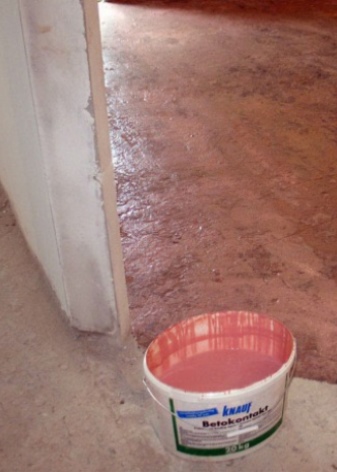

It is used for the following purposes:
- applied to concrete as an impregnation, preparing the surface for the subsequent application of glue;
- strengthens and hardens low-density surfaces before plastering;
- applied to surfaces coated with oil or alkyd paint when further finishing is required;
- as a pre-treatment for gluing stucco;
- to prepare metal structures for subsequent filling.
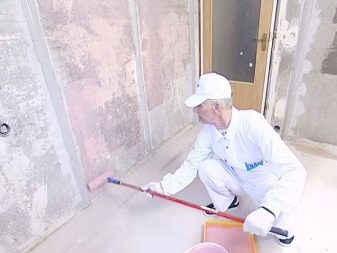

Advantages and disadvantages
The advantages of the Betokontakt Knauf primer include the following features:
- vapor permeability, since the surface can "breathe";
- resistance to the formation of mold and mildew, thanks to the fungicidal additives included in the solution;
- moisture resistance;
- ease of application, and can be used both for manual work and with the help of special equipment;
- fast drying (under optimal conditions, drying time is 12 hours);
- long service life (up to 80 years).
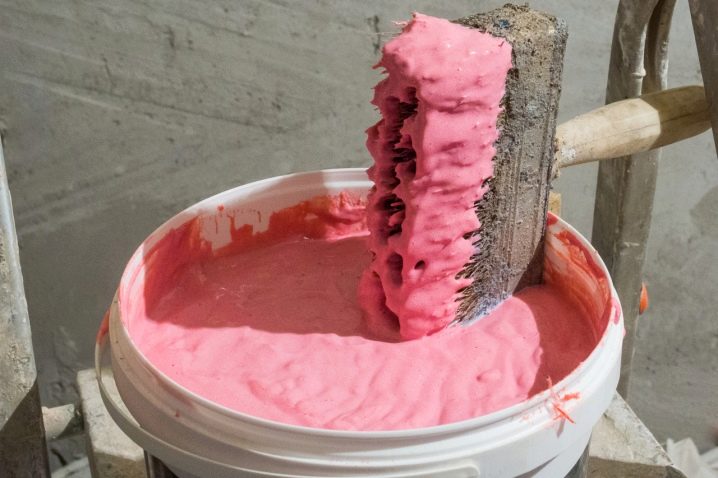
The Betokontakt primer is very convenient to use, since there is no need to prepare the composition for application.
The manufacturer recommends only mixing it thoroughly before starting work. Easy to use and high quality Betokontakt is easy to apply by handwithout using complicated construction tools. Even a beginner with little experience in repair and construction can cover the surface with this primer. Due to the pink color of the composition, it is easy to control the application of the primer so that there are no uncoated areas.
The disadvantages of the Betokontakt primer include the fact that after drying, the layer should be immediately dulled to the next finishing steps. Delay will lead to the settling of dust and debris on the rough surface, which will significantly reduce its adhesion properties and the final result of the repair.

Views
Knauf produces the following types of Betokontakt:
- with a fraction of 0.6 mm (for rough alignment);
- with a fraction of 0.3 mm (for applying under putty).
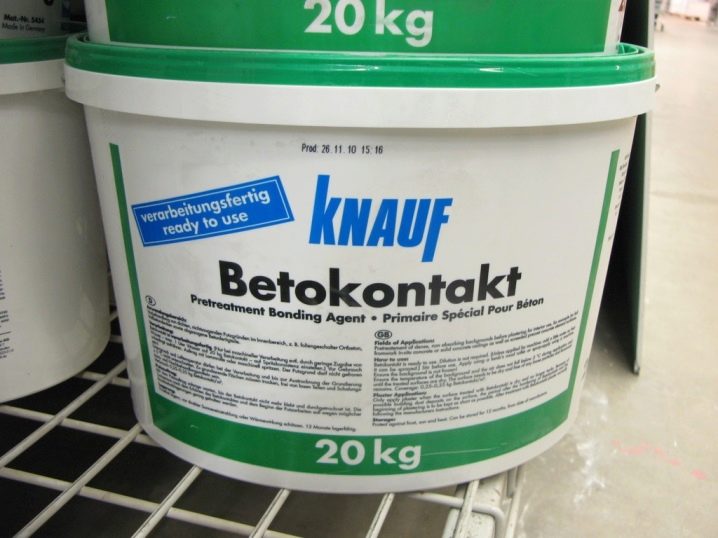
Consumption
The amount of primer required depends on the porosity of the surface to be applied.
To determine the required amount of Betokontakt, you can be guided by the following data:
- for surfaces with high porosity (brick, concrete slabs, stone), the optimal consumption per 1 m² is 0.4–0.5 kg;
- for materials with an average porosity coefficient (monolithic concrete, decorative bricks, self-leveling concrete floors), the consumption is 0.2–0.38 kg per square meter of the treated surface;
- surfaces with a low coefficient of porosity (reinforced concrete structures, ceramics, oil and alkyd enamel, glazed tiles), the optimal consumption is 0.15–0.25 kg per 1 m².
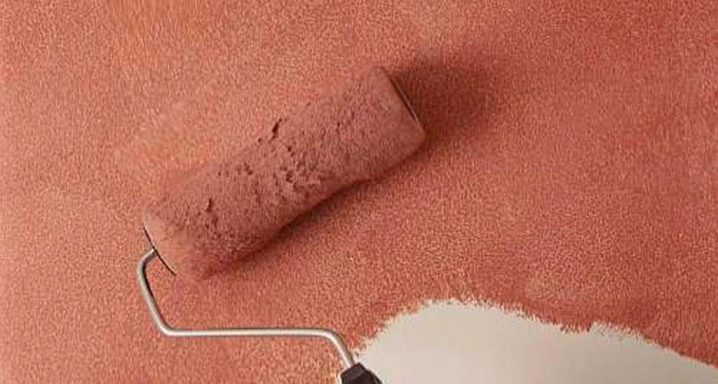
In order to slightly reduce the consumption of the Betokontakt primer, a conventional primer is previously applied to the surface, which, after drying, reduces the porosity of the material. This method is most often used for highly porous surfaces, but it can reduce the adhesion of Betokontakt.

It is also possible to determine the rate of consumption per 1 m² using a test application, for which it is worth following these steps:
- on the surface to be treated, measure a 1x1 m square and limit it with a masking tape;
- thoroughly mix the primer before applying and pour 500 ml into a small container;
- weigh the container with primer and brush or other equipment used for application;
- apply primer according to the recommendations, ensuring a high quality coating;
- weigh the container again together with the tool and the primer remaining in it;
- the value obtained is the consumption of Betokontakt primer per 1 m². To calculate the required amount of primer, this figure must be multiplied by the treatment area.
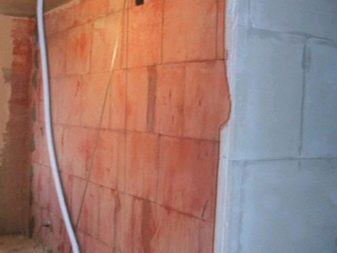
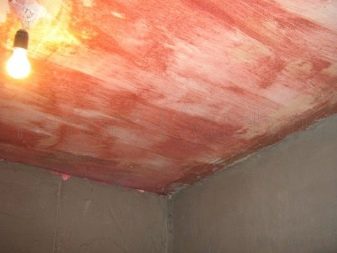
Subtleties of application
Before coating the surface with Betokontakt primer, it should be carefully prepared. To do this, it is cleaned of debris and dust manually or using a construction vacuum cleaner. The composition is thoroughly mixed before application, preferably with a construction mixer, so that the fine sand is evenly distributed in the primer. In no case is it recommended to dilute the composition with water., since from this he will lose all his properties. However, some manufacturers allow the composition to be diluted with a small amount of water in order to save money.
The main thing is not to overdo it, as too liquid Betokontakt completely loses its properties. The manufacturer usually indicates the acceptable dilution rate of Betokontakt.
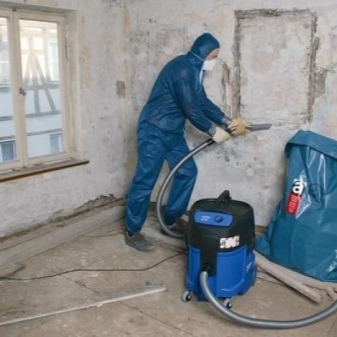
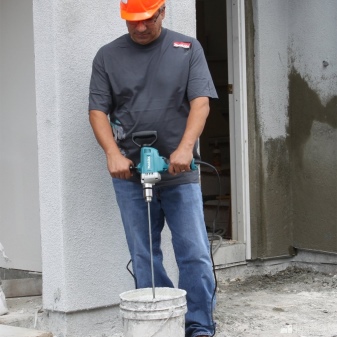
When working with Betokontakt Knauf primer, the following rules must be observed:
- the temperature in the room where the work will be carried out should be in the range from +3 to +30 degrees;
- air humidity should not exceed 75%;
- subsequent work can be carried out only after the primer has completely dried, that is, after 12-15 hours.
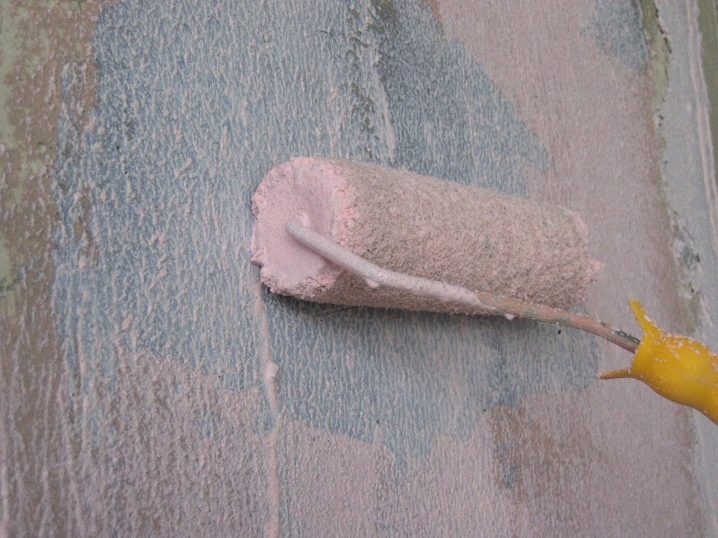
After applying Betokontakt, it is imperative to check the quality of the coating. This is necessary in order to notice the defects of the primed surface in time and eliminate them in order to achieve good adhesion. To do this, it is necessary to draw a metal or rubber spatula over the dried soil, look at the crumbling of sand particles. If they are easily and in large quantities removed from the surface, then such a coating cannot be called high-quality, and finishing materials will not adhere well to it.
Betokontakt Knauf is a primer that allows you to prepare many surfaces for finishing, including metal, drywall and other materials. The main thing is to follow the manufacturer's recommendations and application technology, as well as to prepare the surface to be treated well.
In the next video you will see an overview of Knauf Betokontakt primer.













The comment was sent successfully.